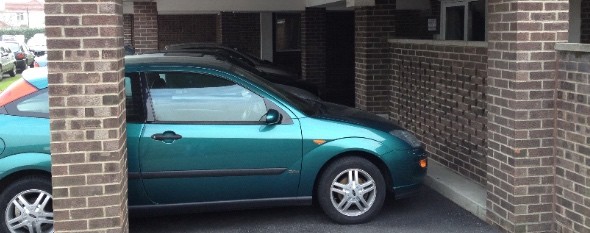Extension to Existing Apartment Complex, Allenby Road, Hornchurch, Havering
Case Study Reference: 12-03-03
Planning Authority: London Borough of Havering
Planning Reference: P1855.11 and Q0077.12
Synopsis:
Given the sensitive nature of the development (residential) and the history of the site (workshop), a contaminated land planning condition was attached to the decision notice for the proposed development.
The first stage of discharging the condition was to prepare a Phase I desk study report in order to determine if the site has the potential to be impacted by elevated levels of contamination, and to determine the source as well as the likelihood of the risk occurring.
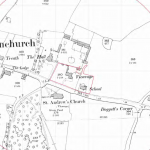 A desk study determines what issues relating to historical contamination may affect the site, this is undertaken by reviewing the site history using a combination of O.S. maps, aerial, plates and street level imagery, a review of data held by regulatory bodies (Environment Agency, local authority, BGS etc.) as well as a site walkover survey.
A desk study determines what issues relating to historical contamination may affect the site, this is undertaken by reviewing the site history using a combination of O.S. maps, aerial, plates and street level imagery, a review of data held by regulatory bodies (Environment Agency, local authority, BGS etc.) as well as a site walkover survey.
The history of the site and surrounds were resear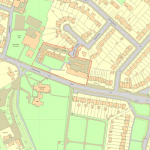 ched using a combination of Ordnance Survey (O.S.) maps, street level imagery and aerial plates, this revealed that the site was initially occupied by a vicarage, school and a glass house, by 1975 the site was occupied by an apartment block and residential garages.
ched using a combination of Ordnance Survey (O.S.) maps, street level imagery and aerial plates, this revealed that the site was initially occupied by a vicarage, school and a glass house, by 1975 the site was occupied by an apartment block and residential garages.
A number of ponds and a grave yard were identified within 250m of the site.
The published geology was given as the Black Park Gravel Member (Sand and Gravel) underlain by the London Clay Formation.
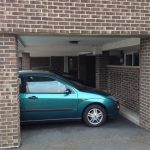 The planning history of the site was reviewed as part of the desk based research and the reports associated with any previous application were located and studied, no salient information was obtained.
The planning history of the site was reviewed as part of the desk based research and the reports associated with any previous application were located and studied, no salient information was obtained.
During the site walkover survey the exposed soils were inspected, 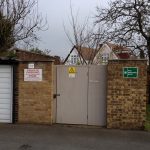 there was no evidence of made ground and the drift soils matched the documented geology.
there was no evidence of made ground and the drift soils matched the documented geology.
Data provided by regulatory bodies identified an electricity substation on the site.
On completion of the desk based research a site reconnaissance visit was undertaken, this confirmed the site formed part fo the under croft parking.
Once the walkover survey was completed a qualitative risk assessment was undertaken on the potential sources of contamination identified in the desk study report in order to determine if any warranted further investigation, this concluded that the potential for made ground on the site as well as the potential for ground gases to migrate to the site warranted further works, based on the proposed development remediation in lieu of investigation was proposed.
The report was submitted (Q0077.12) to discharge the contaminated land planning condition, the recommendations were accepted and the condition partly discharged

